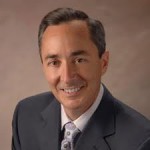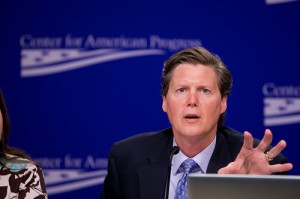 By Karen E. Klein: As a former environmental activist, Danny Kennedy, 39, says he is “probably more missionary than mercenary” when it comes to clean energy. Still, the founder of Sungevity, a Berkeley (Calif.)-based company that sells solar power panels for homes, is “entirely comfortable with the fact that we’re going to make a killing in this industry.”
By Karen E. Klein: As a former environmental activist, Danny Kennedy, 39, says he is “probably more missionary than mercenary” when it comes to clean energy. Still, the founder of Sungevity, a Berkeley (Calif.)-based company that sells solar power panels for homes, is “entirely comfortable with the fact that we’re going to make a killing in this industry.”
Coal, natural gas, and nuclear energy fuel the vast majority of America’s energy consumption. Solar energy and other renewable sources account for less than 3 percent of the total, although their share is growing. The residential solar market in the U.S. increased 101 percent during the 2009 recession, according to the Solar Energy Industries Assn. With the nation’s toughest environmental regulations, California made up the lion’s share of that growth, with 220 megawatts of new capacity installed in 2009.
Already in the top 5 in sales of U.S. residential solar companies, three-year-old Sungevity wants to dominate the Golden State market, and is just starting to sell in Arizona and Colorado. This year, thanks to a new customer lease option, Kennedy says revenue is on track to exceed $25 million, up from just under $3 million in 2009. Read On





